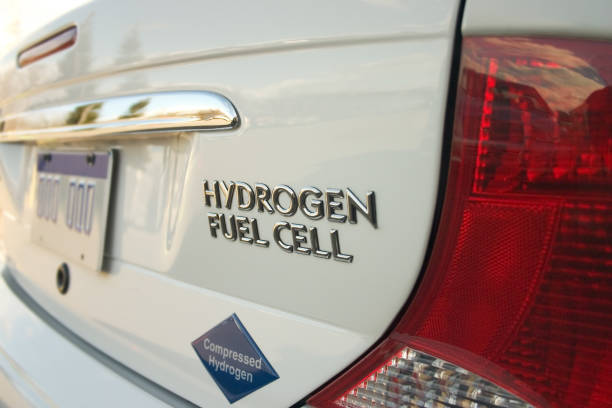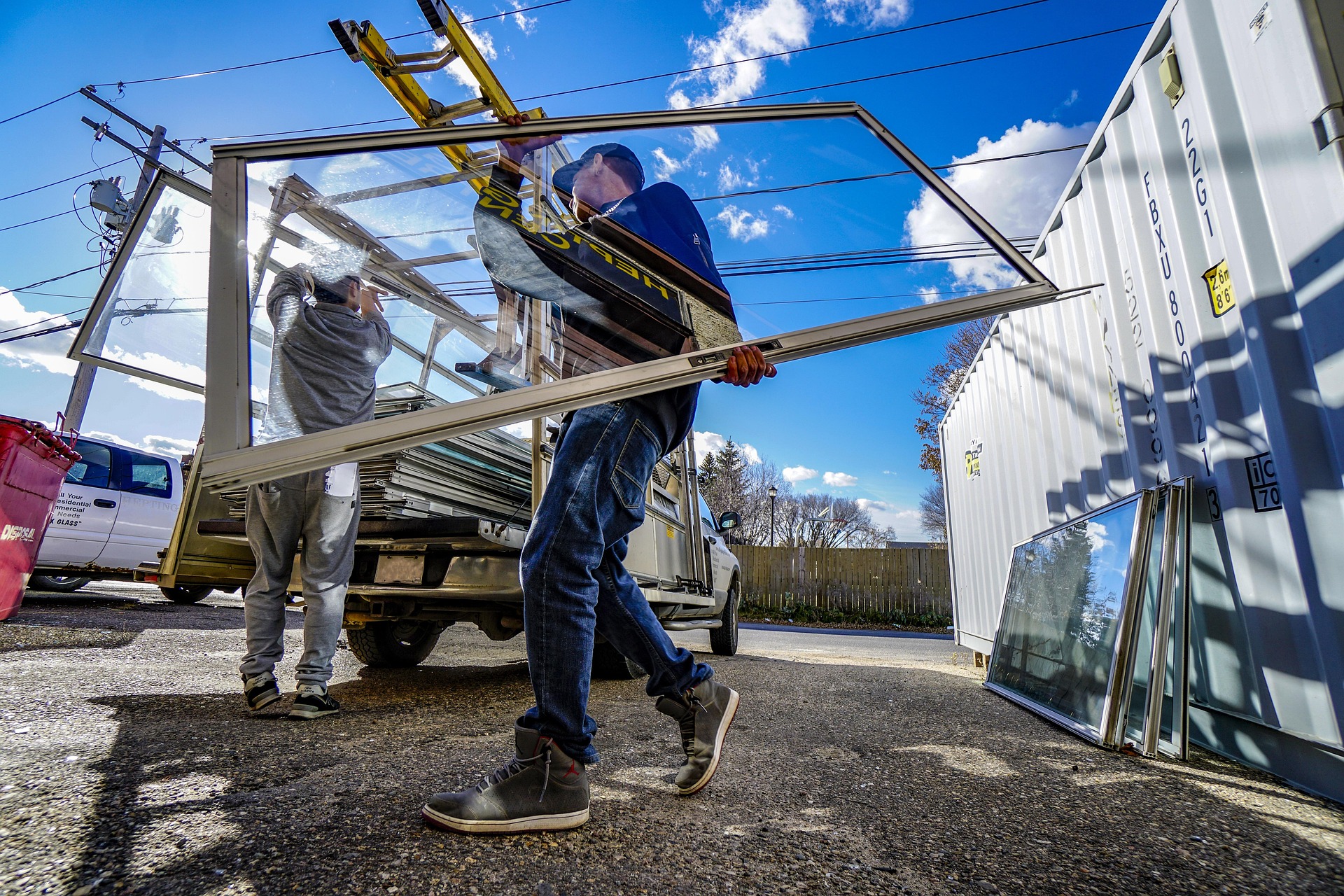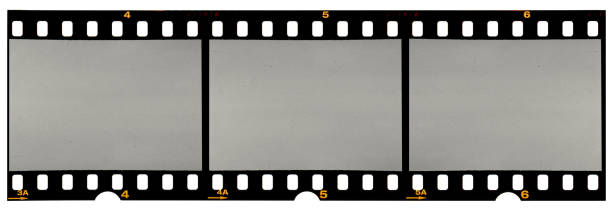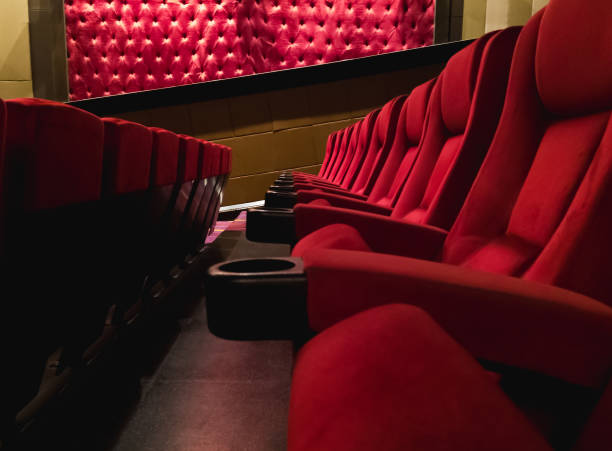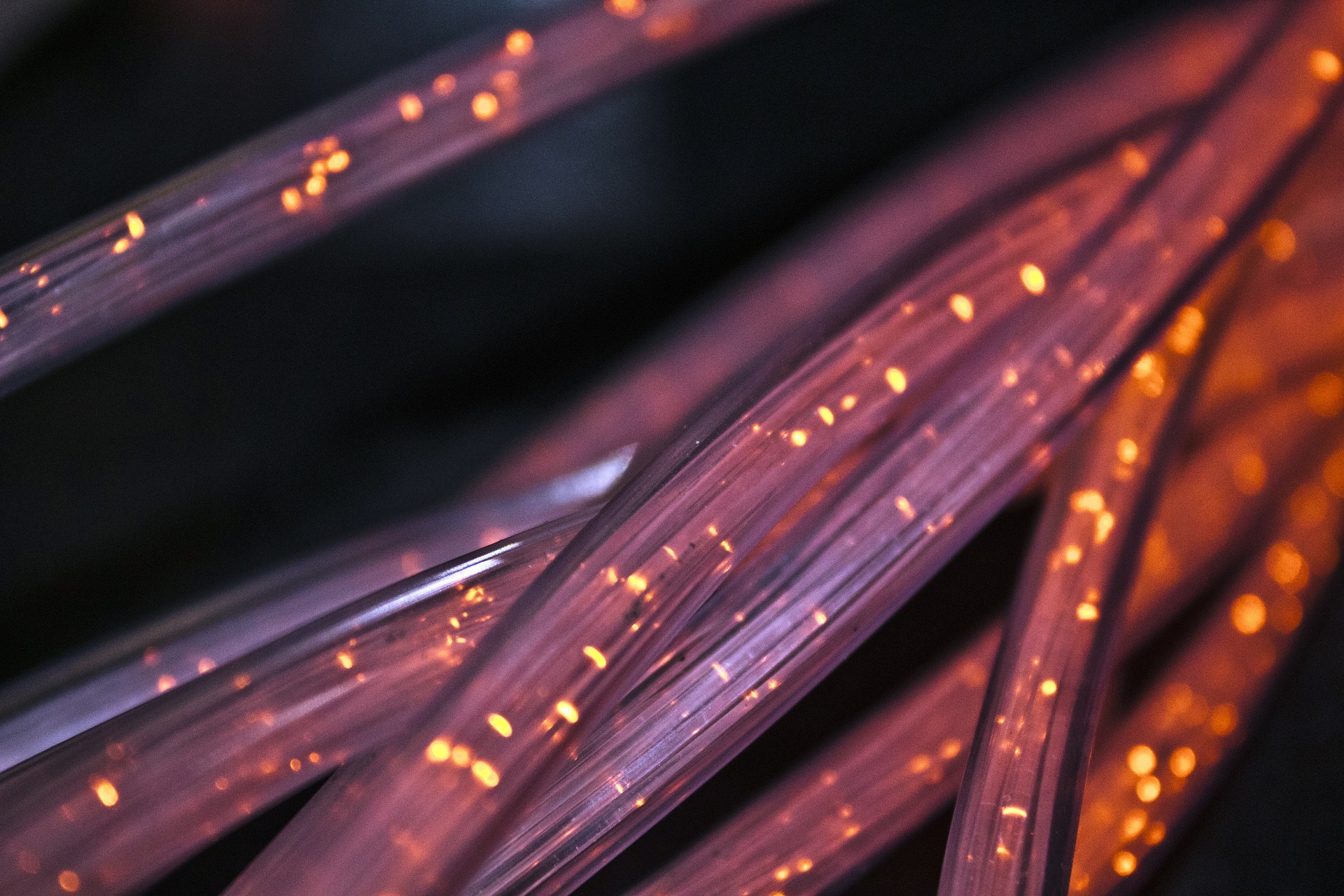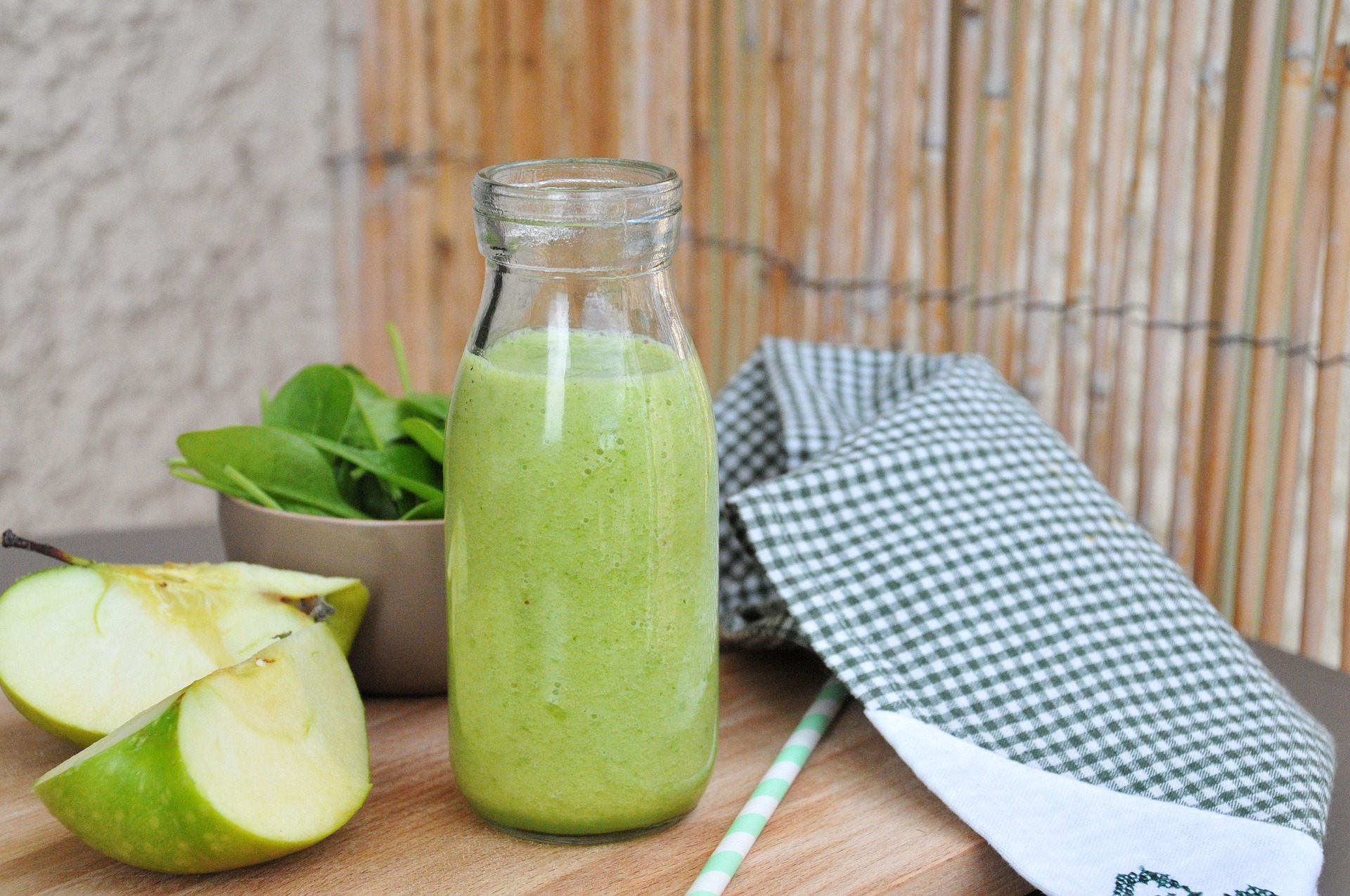AI-Generated Art: Reshaping Creativity in the Digital Age
In the ever-evolving landscape of artistic expression, a groundbreaking phenomenon has emerged, challenging traditional notions of creativity and authorship. AI-generated art, powered by sophisticated algorithms and machine learning, is rapidly transforming the art world, blurring the lines between human and artificial creativity. This technological revolution has sparked intense debates among artists, critics, and collectors, raising profound questions about the nature of art itself and the role of human creativity in an increasingly automated world.

Redefining Creativity and Authorship
As AI-generated art gains prominence, the art world grapples with fundamental questions about creativity and authorship. Traditional notions of artistic genius and individual expression are being challenged, as machines demonstrate the ability to produce works that evoke emotion and provoke thought. Critics argue that AI-generated art lacks the human touch and emotional depth of traditional artwork, while proponents celebrate the technology’s potential to democratize art creation and push the boundaries of human imagination.
The Impact on Traditional Artists
The emergence of AI-generated art has sent shockwaves through the artistic community, with many traditional artists expressing concerns about the potential displacement of human creativity. Some fear that AI could render certain artistic skills obsolete, while others see it as a tool to enhance and augment their creative process. As the technology continues to evolve, artists are being forced to adapt and find new ways to differentiate their work in an increasingly crowded and technologically driven marketplace.
Ethical and Legal Considerations
The rise of AI-generated art has also raised a host of ethical and legal questions. Issues of copyright and intellectual property have come to the forefront, as AI systems often draw upon existing artworks and images to create new pieces. The question of who owns the rights to AI-generated art – the programmer, the user, or the AI itself – remains hotly debated. Additionally, concerns have been raised about the potential for AI to perpetuate biases and stereotypes present in its training data, highlighting the need for careful consideration of the ethical implications of this technology.
The Future of AI in Art
As AI technology continues to advance, its role in the art world is likely to expand and evolve. Some experts predict a future where AI becomes an indispensable tool for artists, enhancing their creative capabilities and opening up new avenues for expression. Others envision a more radical transformation, with AI systems capable of generating entire art movements and styles independent of human input. Whatever the future holds, it is clear that AI-generated art is here to stay, challenging our preconceptions and pushing the boundaries of what we consider to be art.
The Debate Over Authenticity and Value
The art market is grappling with how to value and authenticate AI-generated works. Traditional metrics of artistic value, such as rarity and provenance, are being called into question as AI systems can produce an infinite number of unique pieces. Some collectors and galleries have embraced AI art, seeing it as the next frontier in contemporary art, while others remain skeptical of its long-term value and cultural significance. This debate is likely to intensify as AI-generated art becomes more prevalent and sophisticated.
Collaborations Between Humans and AI
An exciting development in the world of AI-generated art is the emergence of collaborations between human artists and AI systems. These partnerships are producing innovative works that blend human creativity with machine precision and computational power. Artists are using AI as a tool to explore new aesthetic possibilities, generate ideas, and push the boundaries of their practice. These collaborations are challenging traditional notions of artistic authorship and opening up new avenues for creative expression.
The Impact on Art Education and Training
The rise of AI-generated art is also having a profound impact on art education and training. Art schools and universities are beginning to incorporate AI and machine learning into their curricula, recognizing the need to prepare students for a future where these technologies play a significant role in artistic creation. This shift is prompting educators to reconsider traditional approaches to teaching art and to explore new ways of fostering creativity in the digital age.

